ONE OF THE WORLD’S MOST DANGEROUS RACE
Mini-Transat 2023
One of the world’s most dangerous race
Forbes Magazine list Mini-Transat as one of the world’s most dangerous races to participate within.
Name: Joakim Brantingson
What: Solo-sail across the Atlantic
Race: Mini-Transat in 2023
Number of crew members: 1
Longest Sleep duration: 20 min
Participants: 80 Sailors
Start/Finish: West coast France – Stop in Las Palmas – Finish in the Caribbean
Duration: 25 Days
Sail Boat
Length: 6,5m/21ft
Displacement (weight): 1000kg/2200lb
Speed: 25kn+
Sail Bags used: PRO DRYBAG 45L | PRO DRYBAG 100L | DRY TOTEBAG 90L
Photos: ©Joakim Brantingson. ©Oskar Kihlborg.©Elin Johansson ©Linda Hammarberg ©SUBTECH SPORTS.
The Swede, Joakim Brantingson is getting prepared to compete in one of the world’s toughest races, Mini-Transat in 2023. Joakim will be solo sailing his 6,5m/21ft boat from Les Sables-d’Olonne on the French west coast across the Atlantic to the island of Guadeloupe in the Caribbean.
During their 25 day journey they will have a quick stopover in Las Palmas, Canary Island to restock food and water- which is both kept at a minimum as a result of the small boat size and the constant battle to save weight.
We checked in with Joakim to hear how he got in to the sport, his preparations for the race and how the current COVID-19 situation is affecting his plan.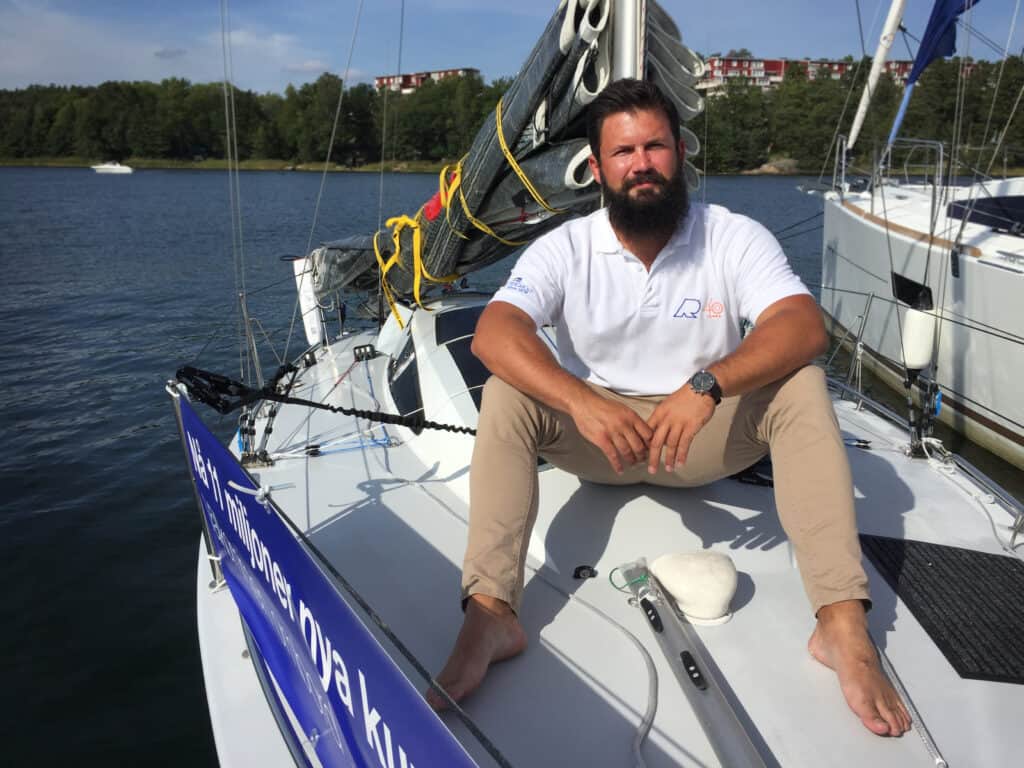
– How did you get in to sailing competitively?
I’ve sailed for most of my life, but haven’t really been frequenting the competitive side. The sailing that’s available to you when you’re growing up in Sweden is dinghy sailing. In other words, small boats that you sail around a course made up by a number of buoys.
Don’t get me wrong – any form of sailing was way better than a day in school back then, but it really never motivated me enough to arrange my whole life around ultimately having the Olympics as the final pinnacle. Instead I sailed whatever boats I could find whenever I could. After an impulsive decision I bought a second hand mini 650 (the same type of boat that I now compete with), sailed it alone back home around the coast of Sweden and immediately knew that this was what I wanted to pursue.
– In what way has the current COVID-19 situation affected the actual race and your preparations leading up to it?
As of today, two out of the six races that we had in the calendar for 2020 have been cancelled and it wouldn’t surprise me if the remaining races are also going to get cancelled. Perhaps that’s for the best – being alone in a small boat and developing respiratory symptoms halfway to the Azores is far from ideal. I cant see how any race organizer would want to take responsibility for a situation like that, even a few months from now.
Coming down to a more practical level, we’ve had massive delays due to COVID-19 in this project causing a lot of stress as we broke deadline after deadline due to missing parts.
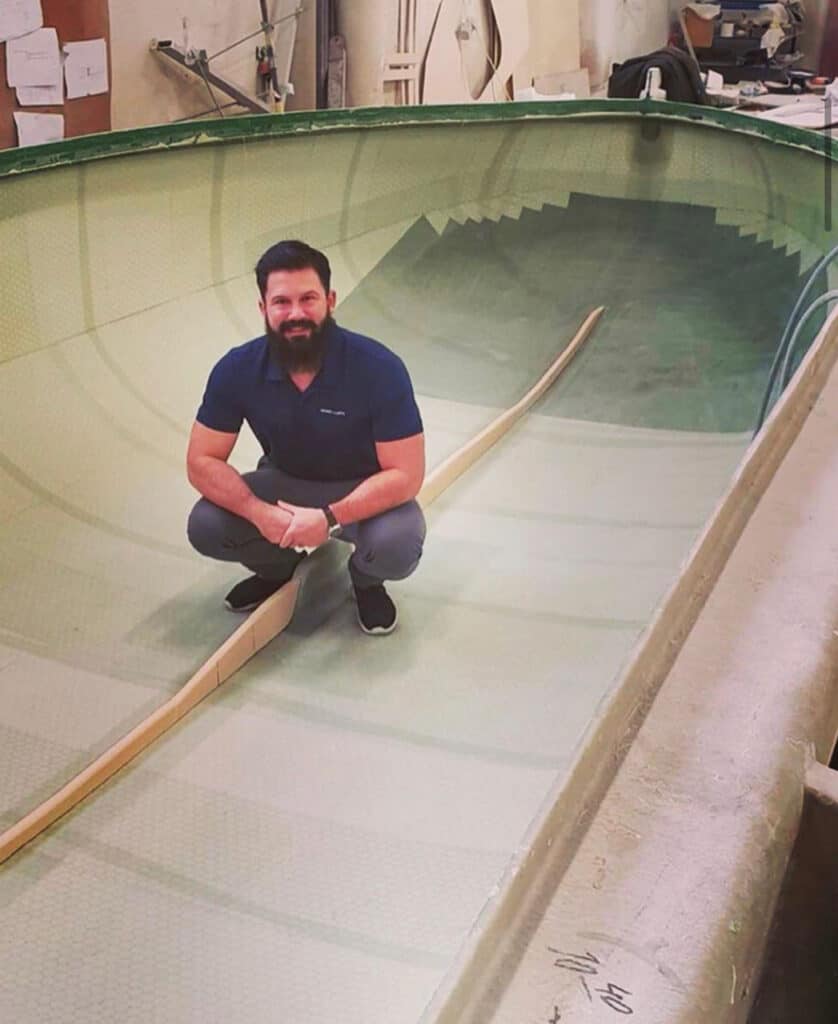
Had we been better at keeping deadlines during the first months of the year, we would already had transported the boat down to La Trinite Sur Mer at the French west coast, but that would meant that we had a brand new boat to be stood ashore on its trailer behind locked gates, in a country on lockdown.
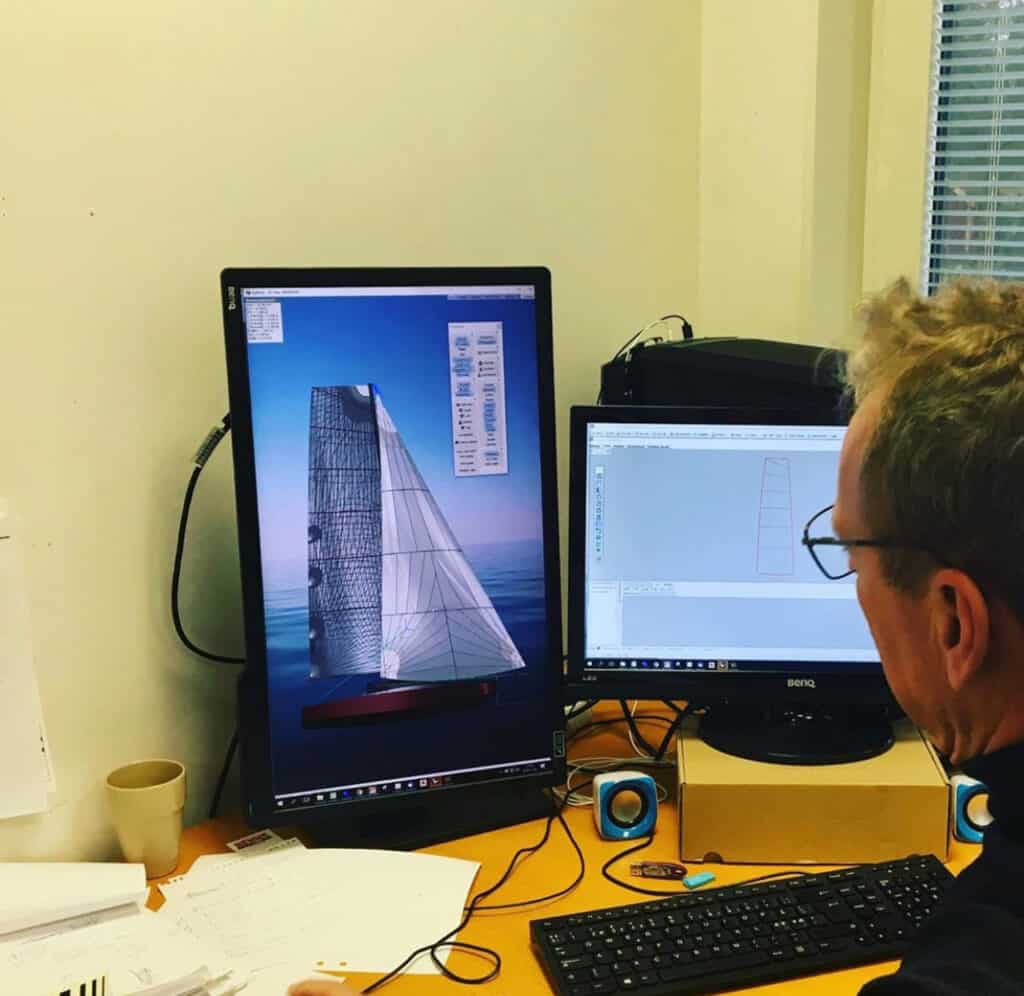
Instead we are days from launching the boat and beginning training on water here in Stockholm, which feels nothing but fantastic.
– Can you give us a better understanding of all the preparations and sacrifices that goes in to participating in one of the world’s most dangerous races?
Competing in a race like the Mini-Transat is a challenge on so many different levels. On the competitive side, you need to be able to sail the boat fast in every condition. On the mental side, you need to be stubborn enough to love the fatigue, the lack of sleep and the solitude. On the physical side, you want to have as much strength and endurance as possible to handle bad weather and stay fresh.
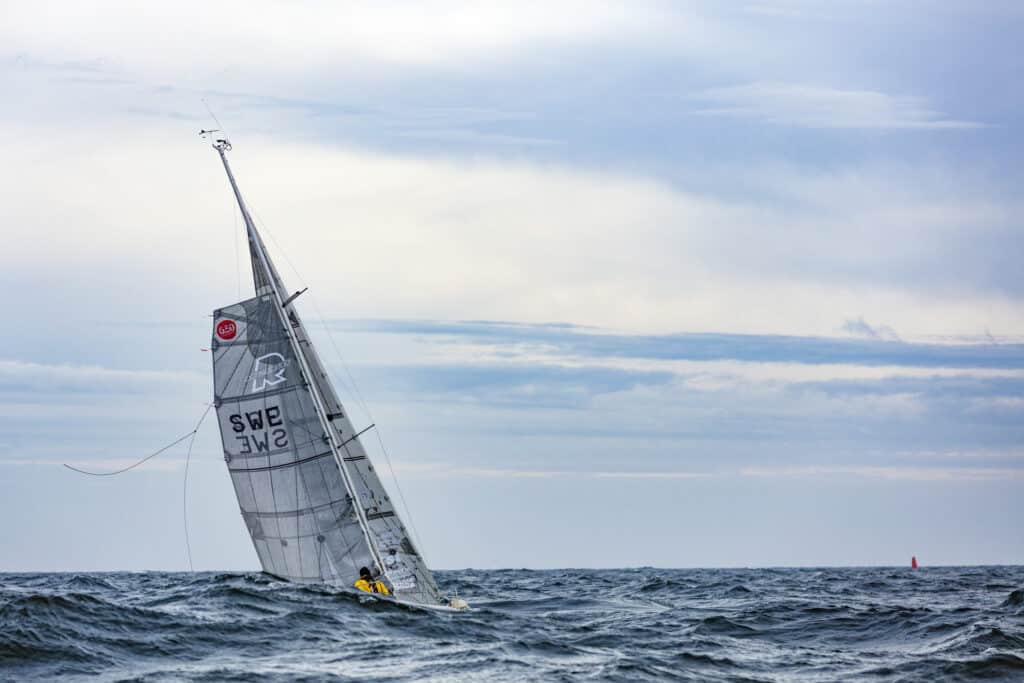
Also, you need to be able to understand the weather well to make predictions that will act as the base for your tactical choices during the race.
And on top of all that you have the commercial side of the sport to manage ashore. I am yet to find a title partner allowing competing in the next Mini-Transat at the level that both meets my ambition and the team that has been built behind me.
– How will you keep yourself and your gear dry when the storms and big swells hit your 6,5m/21ft boat out on the Atlantic Ocean?
These small boats are not just incredibly fast for their size – they are also really wet, even below deck. Keeping dry is not only a way of mitigating the fatigue, but it also ensures that you can complete the race.
Water will get everywhere and with the water follows the salt which acts as a abrasive that can really irritate your skin to the point of bleeding. Keeping underwear, socks and gear out of the water and the salt adds so much to the comfort on board.
Being able to trust the dryness of SUBTECH bags to the point where we can fill them up with gear, close the zipper and throw them overboard to see them float without any concerns is just fantastic.
– How can we follow you and your preparations for Mini-Transat 2021?
We have been slacking a bit behind on social media due to all the stress lately, but as soon as the new boat hits the water we are going to pick it up again. We are also planning the release of a new vlog on youtube, that will follow the project and see how the days are filled with everything from sailing, doing deadlifts and practicing suturing on a banana peel. In the meantime – follow me @joakimbrantingson
We are looking forward to follow Joakim Brantingson on his preparations for Mini-Transat 2023.
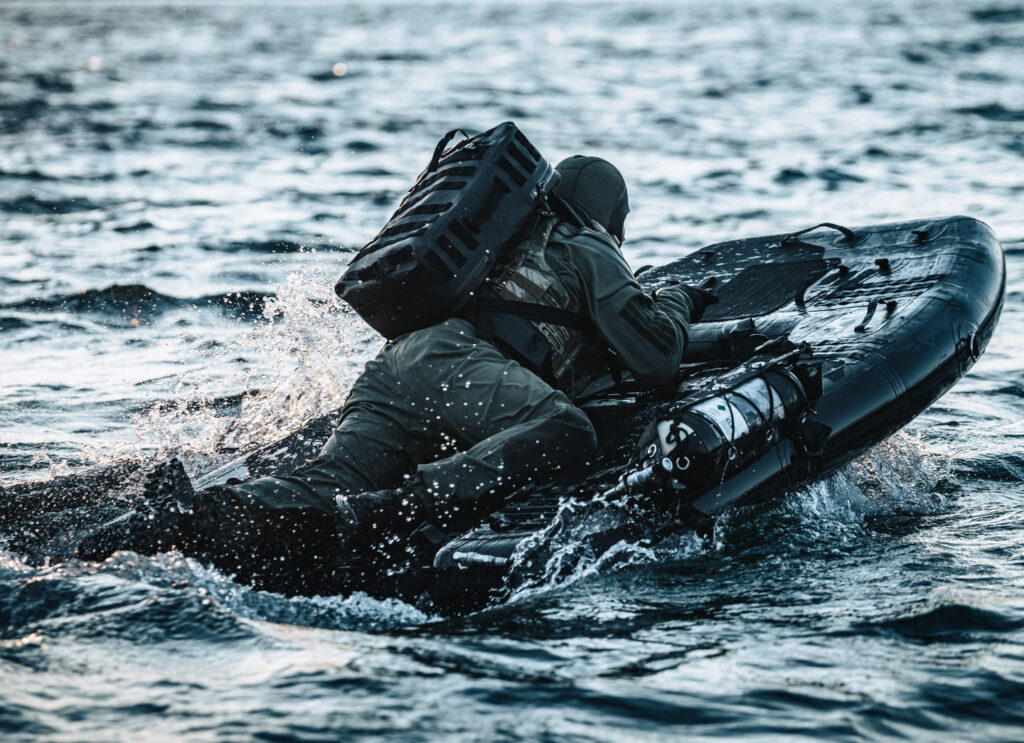
Der Pro Drypack 30L is hereby listed in the world’s largest defense logistic database.
NATO STOCK NUMBER: 8465-64-002-2014
Key features:
✔️ Submersible down to 50m/165ft when deflated
✔️ Floats fully packed with a soldier on top when inflated
✔️ Air-tight zipper to protect electronic equipment
✔️ Oral inflator to inflate and deflate the bag quickly
✔️ Laser cut velcro internally to attach medkit pouches
✔️ External easy access pocket for Hypothermia kit
✔️ Optional fully customizable organization system
✔️ Removable straps for underwater transportation
✔️ Attachment points to secure the bag on to anything
✔️ Optional Inflation and Exhaust valves
✔️ Optional scuba tank to rise the bag from the bottom
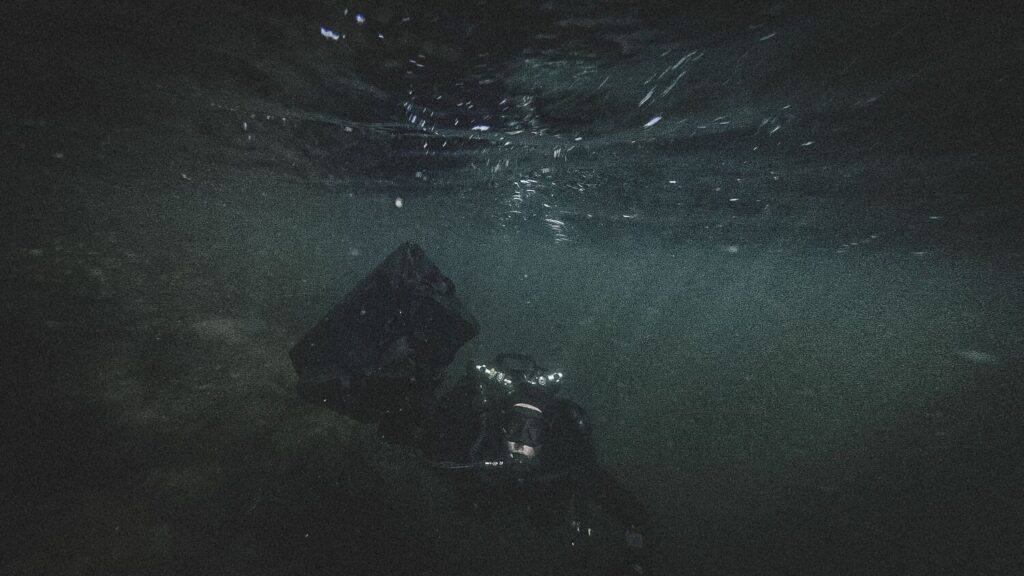
Thanks to our team of extreme sports athletes, world record adventurers, professional units and partners that push the boundaries what is humanly possible with our bags, 365 days per year.
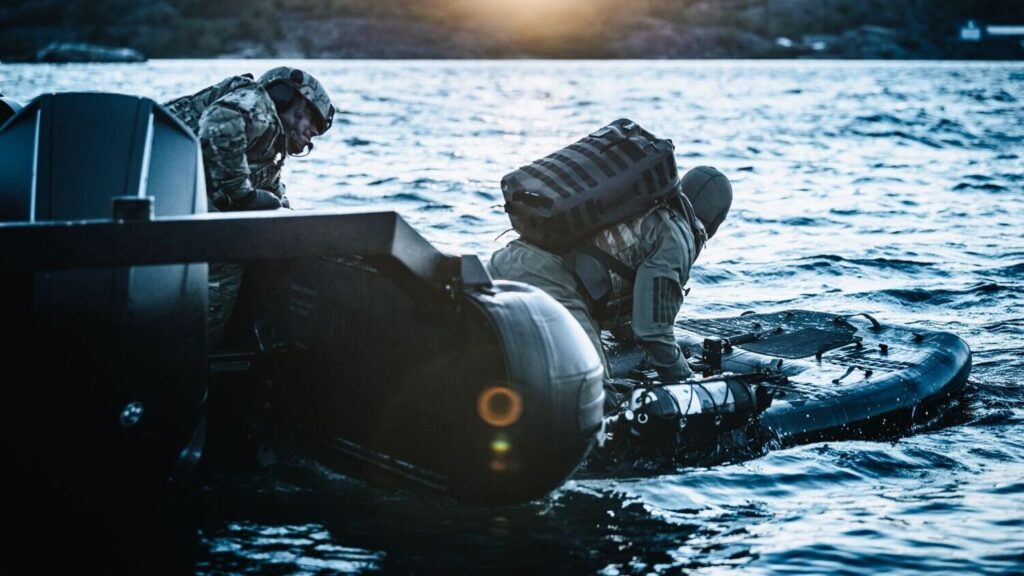
Providing us with invaluable feedback so we could develop the Pro Drypack 30L

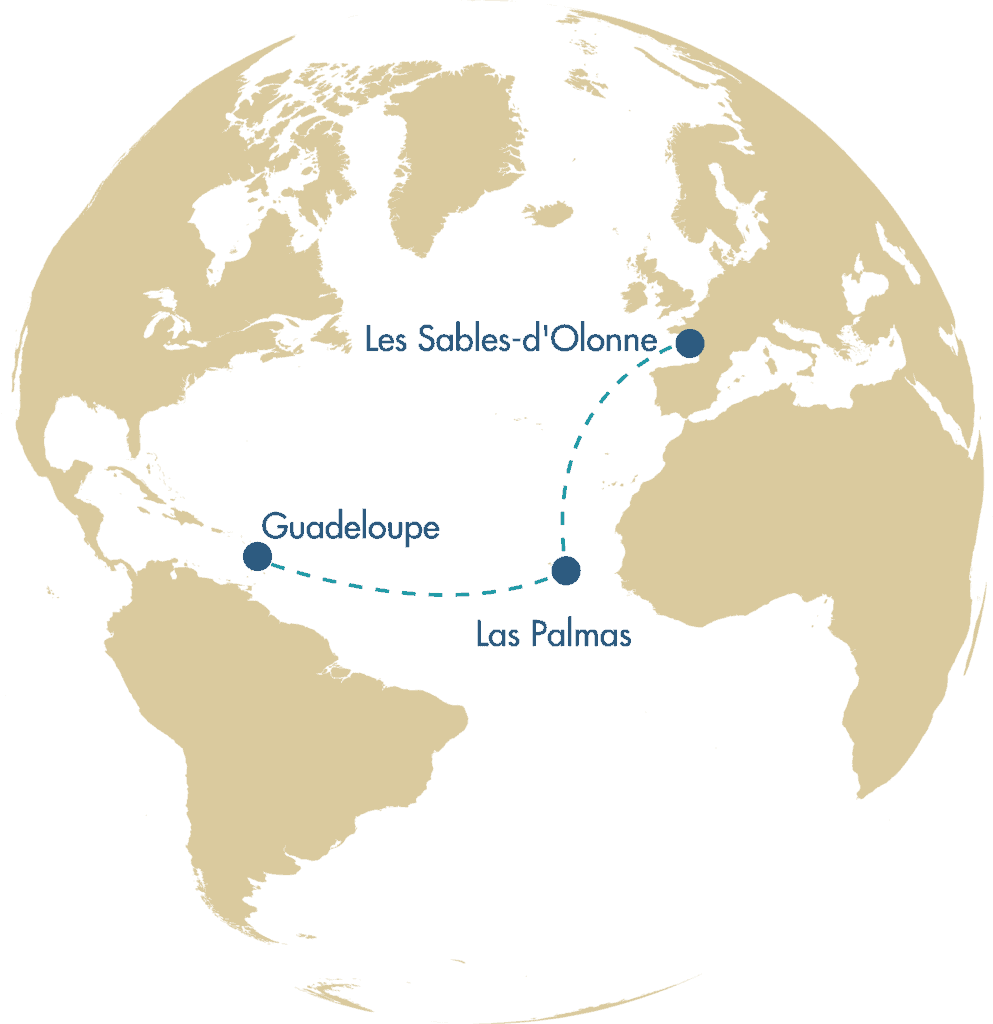
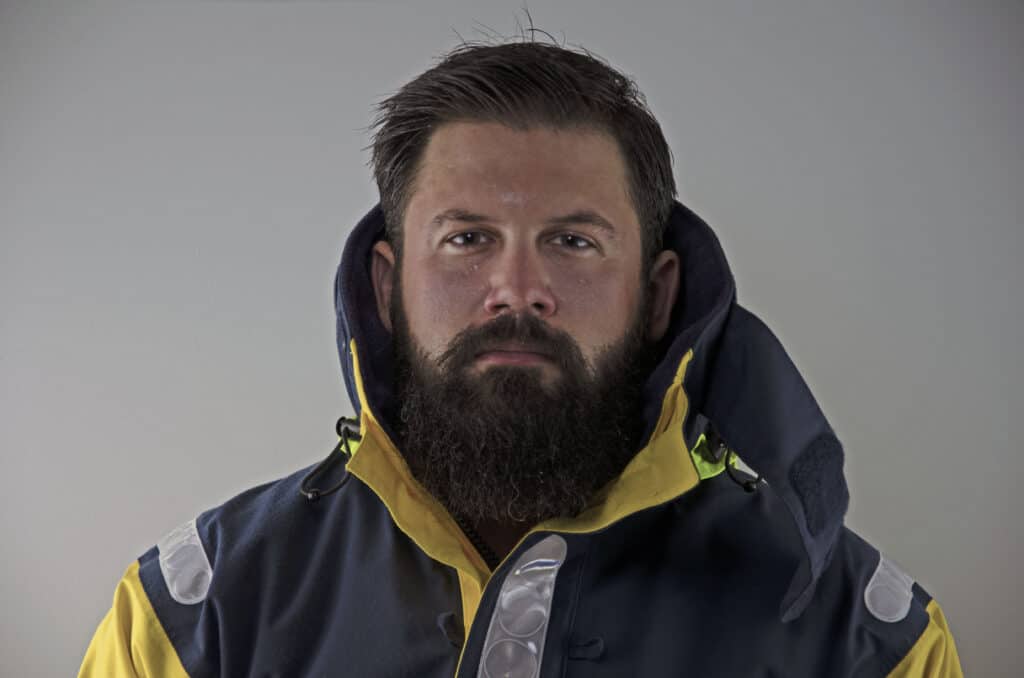
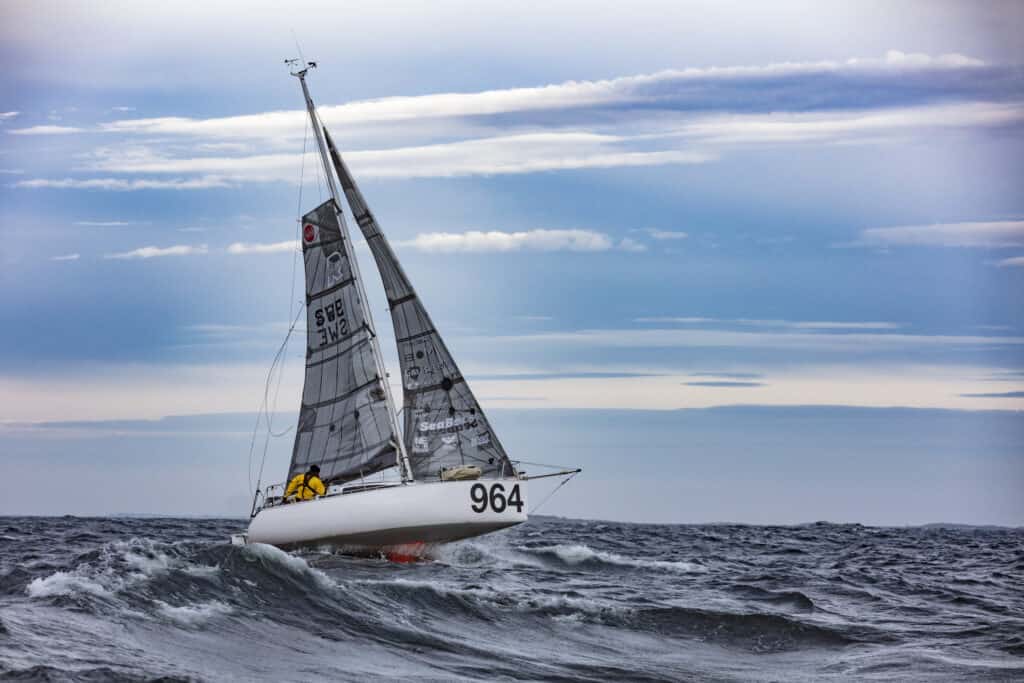
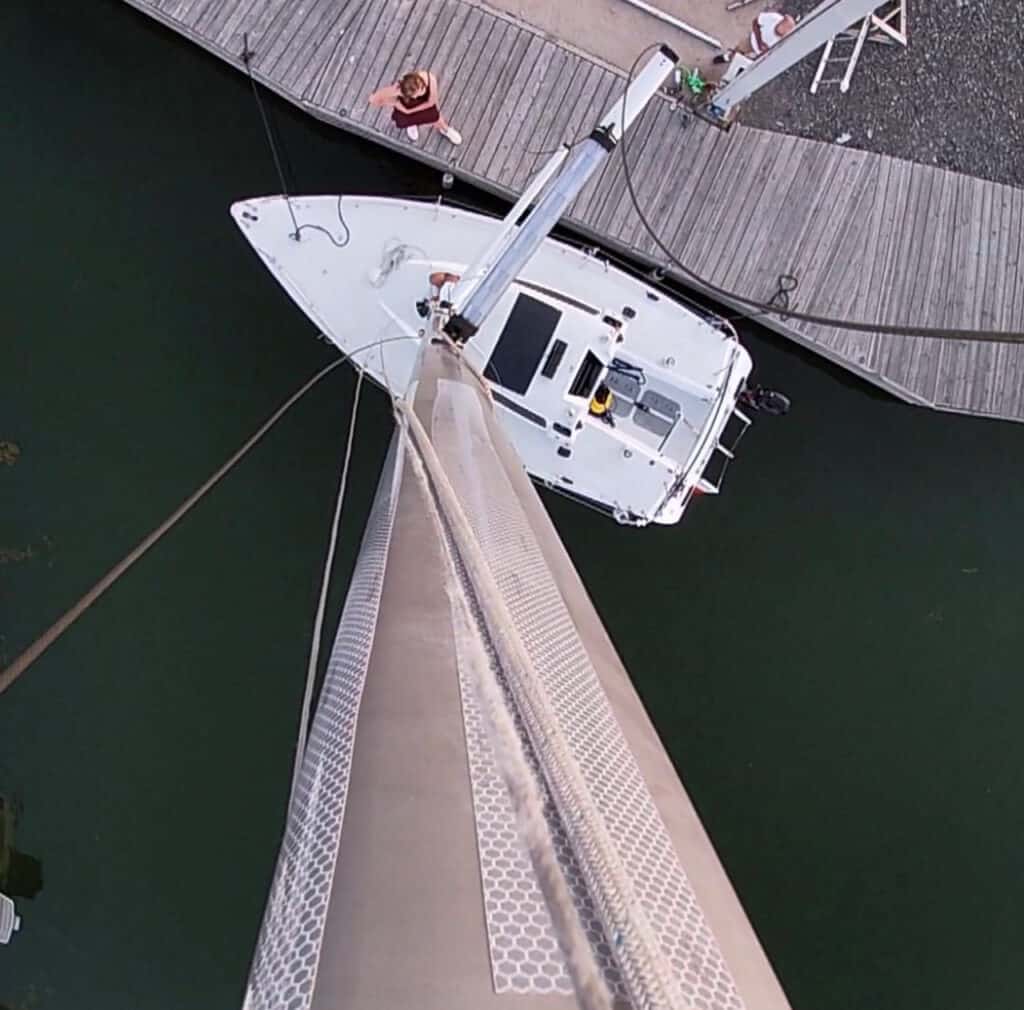
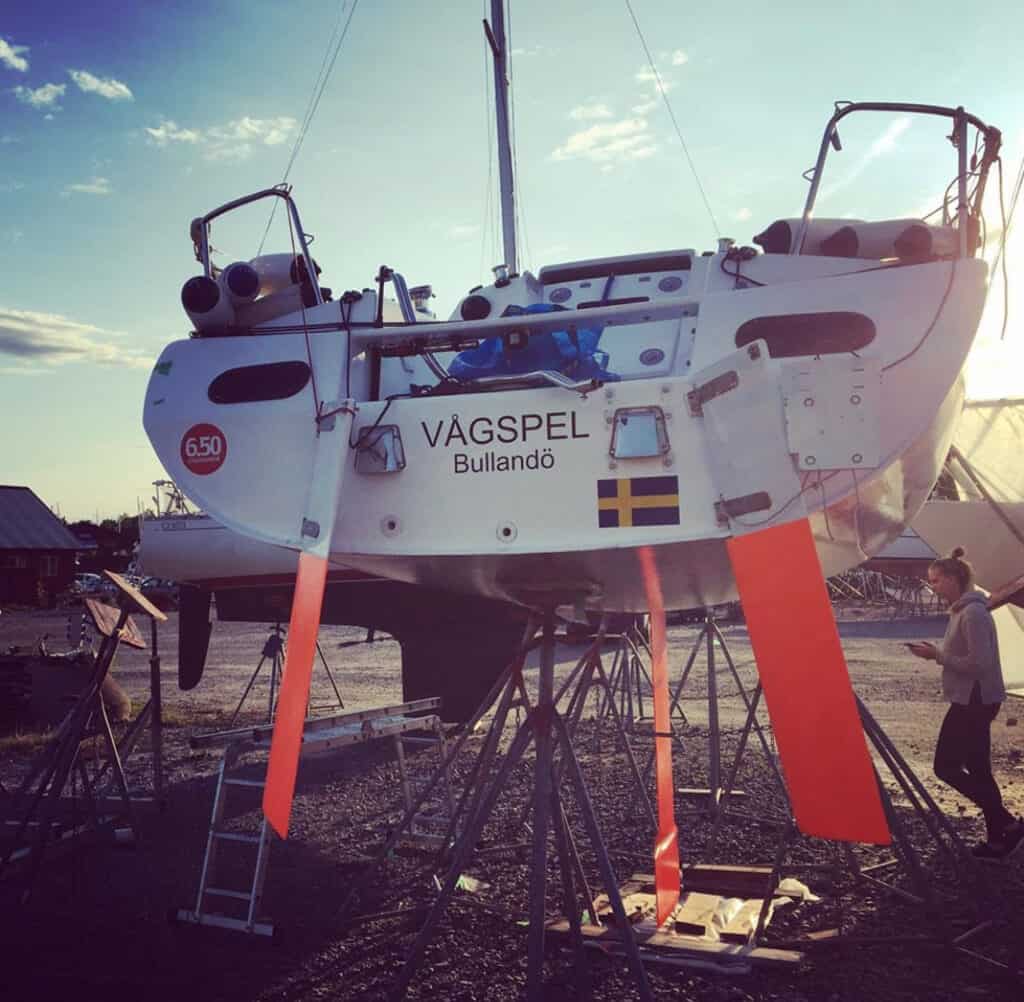

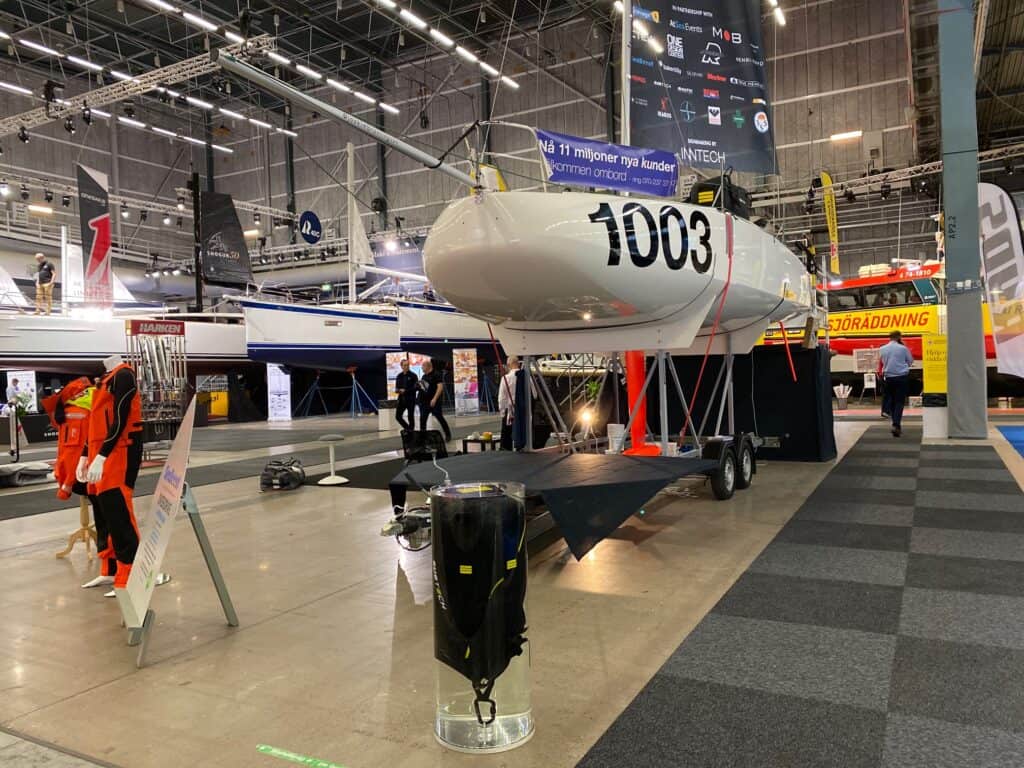
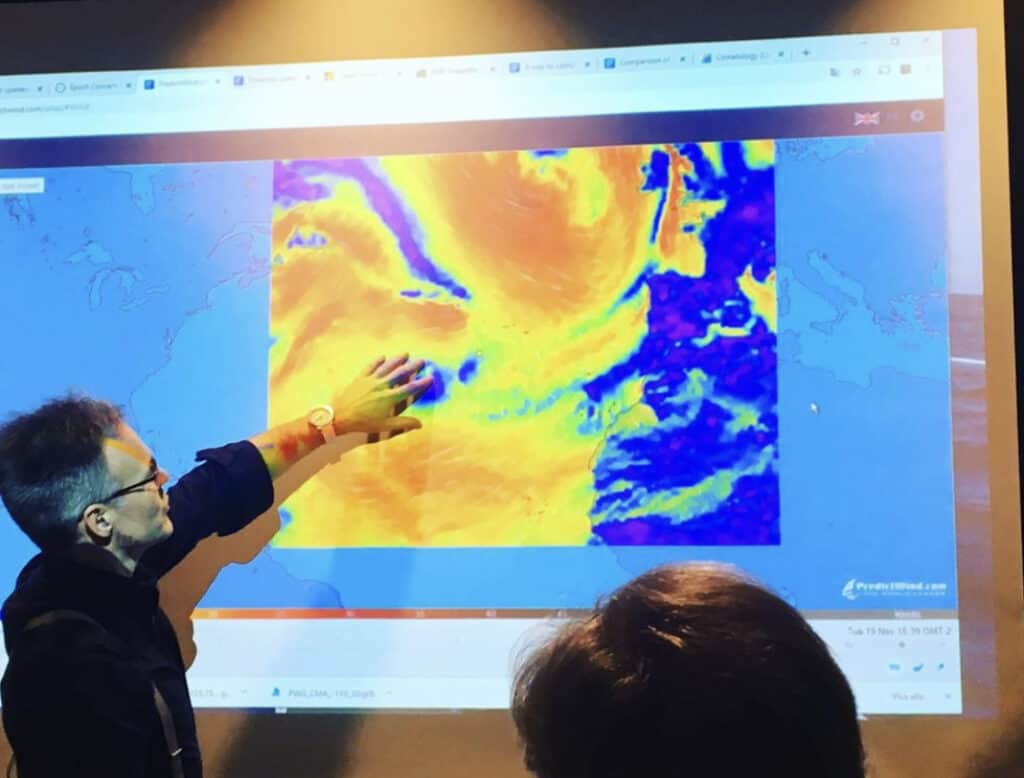

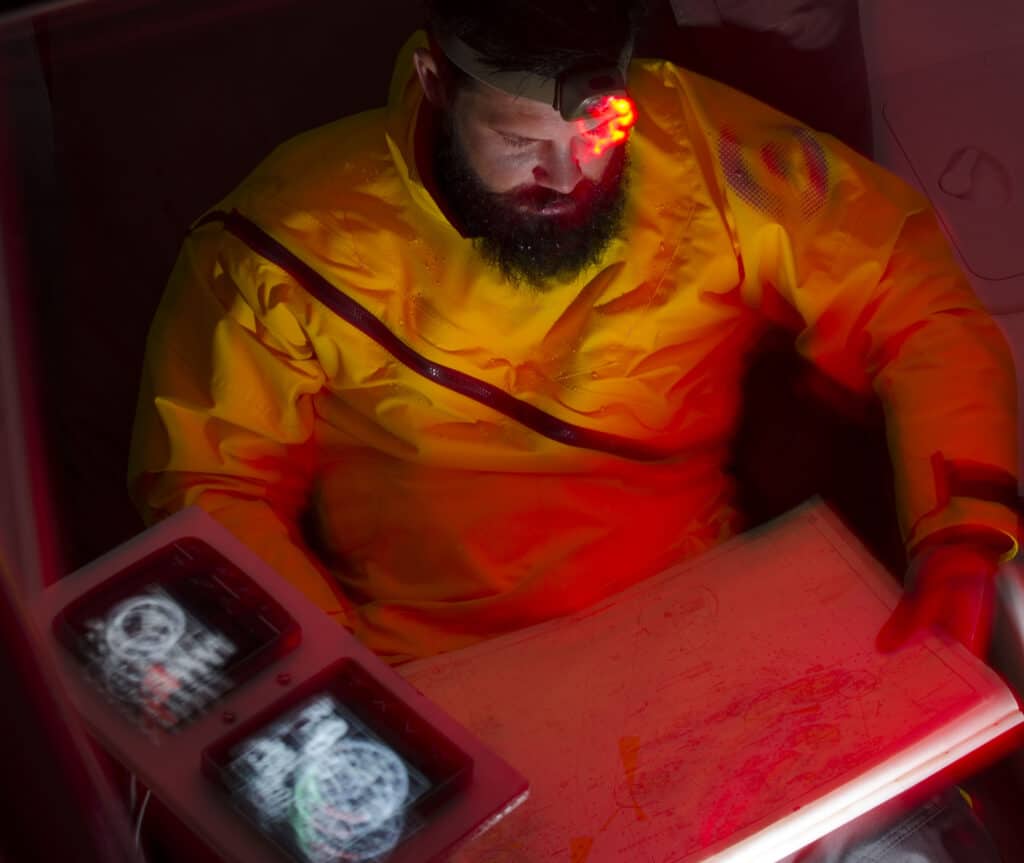
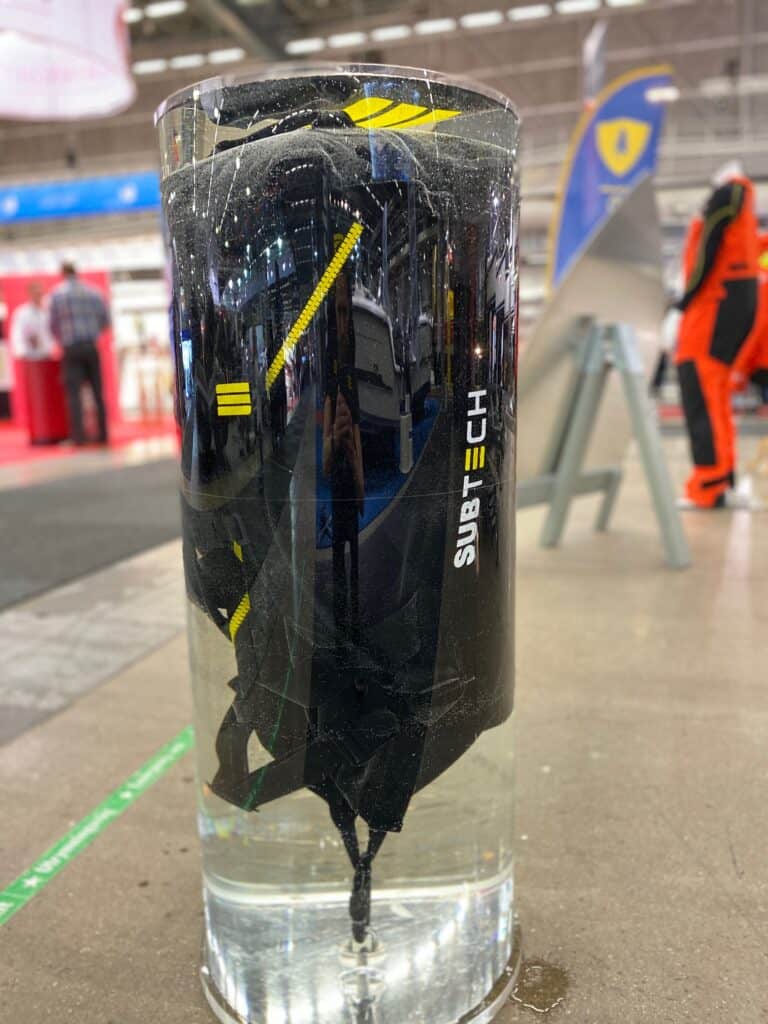
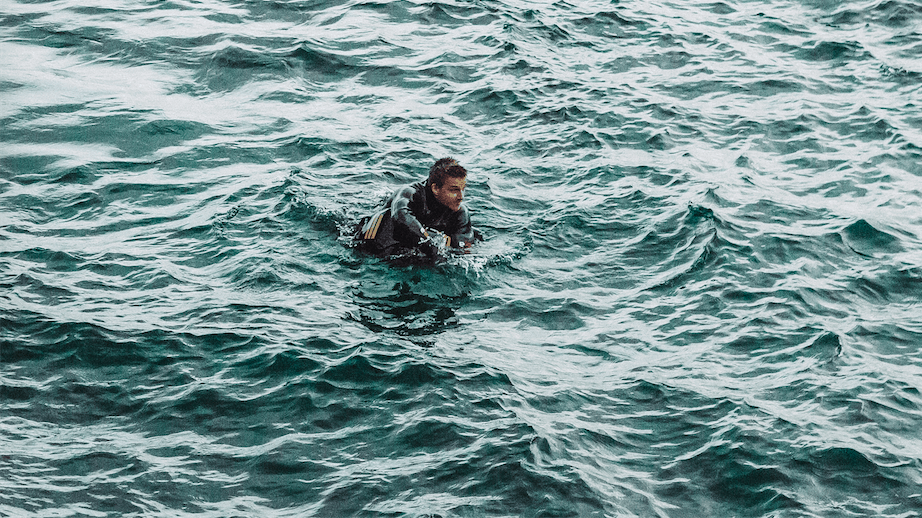

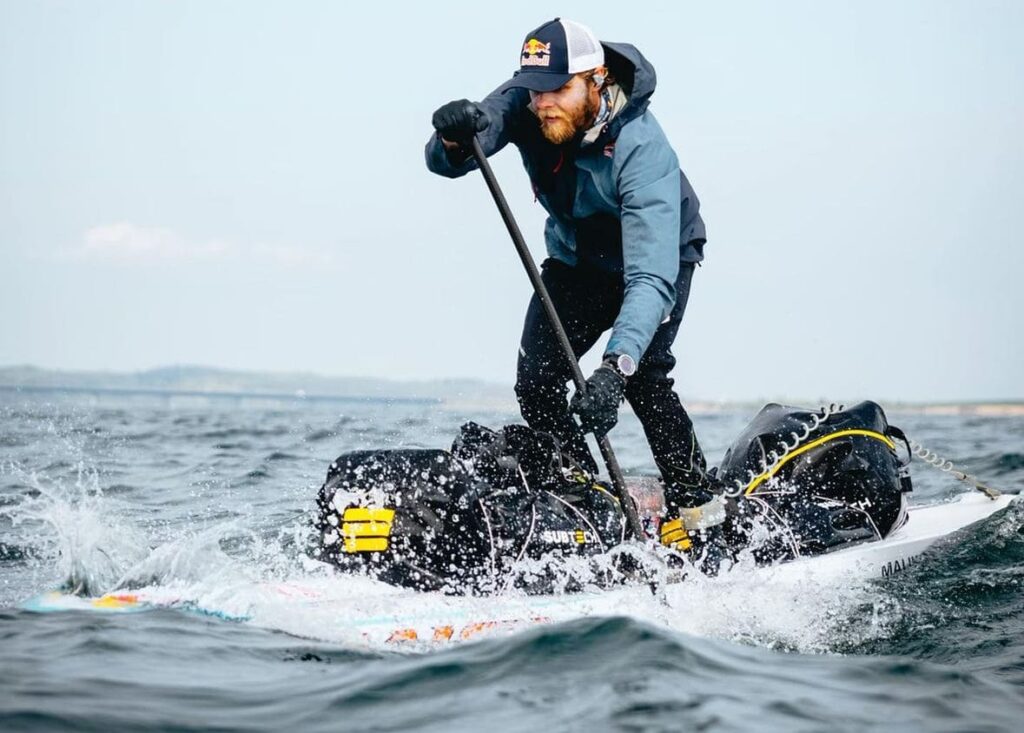
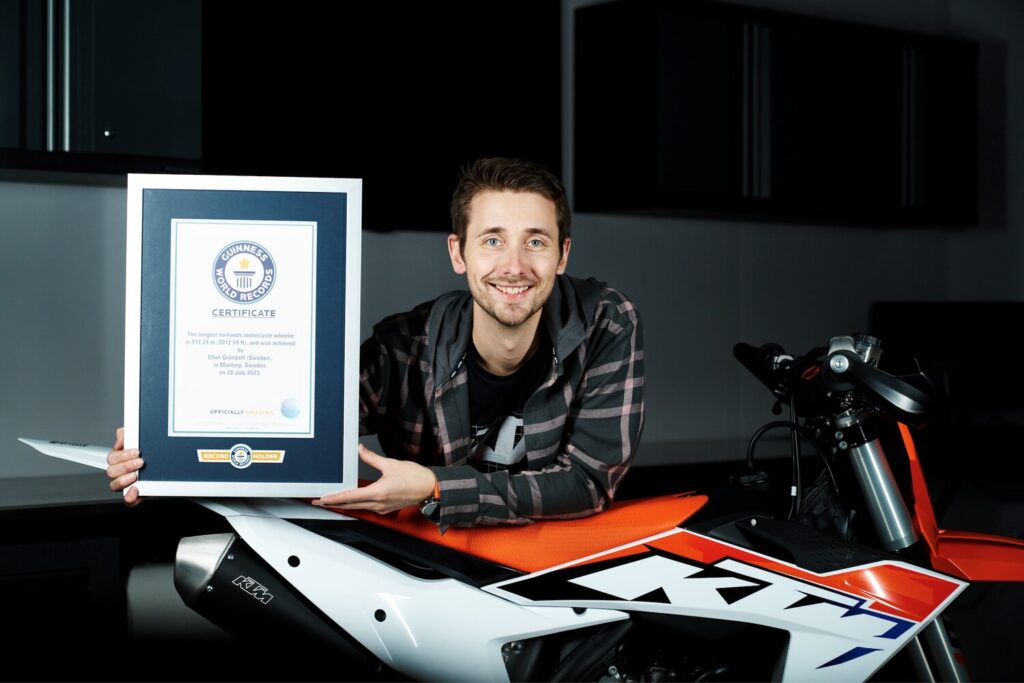
Kommentare sind für diesen Artikel geschlossen!